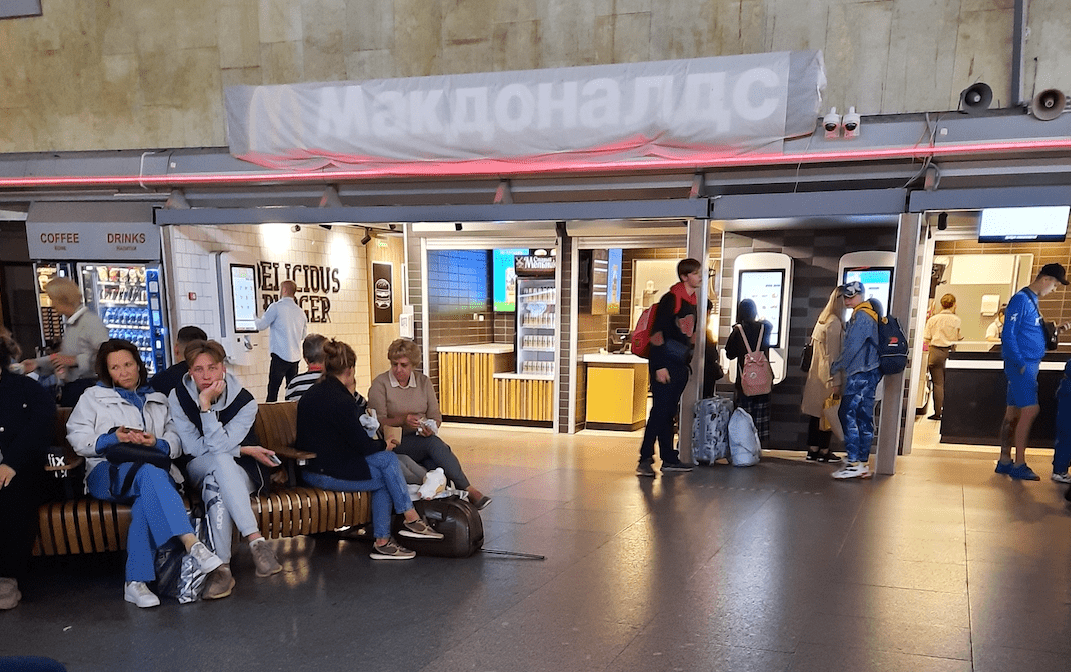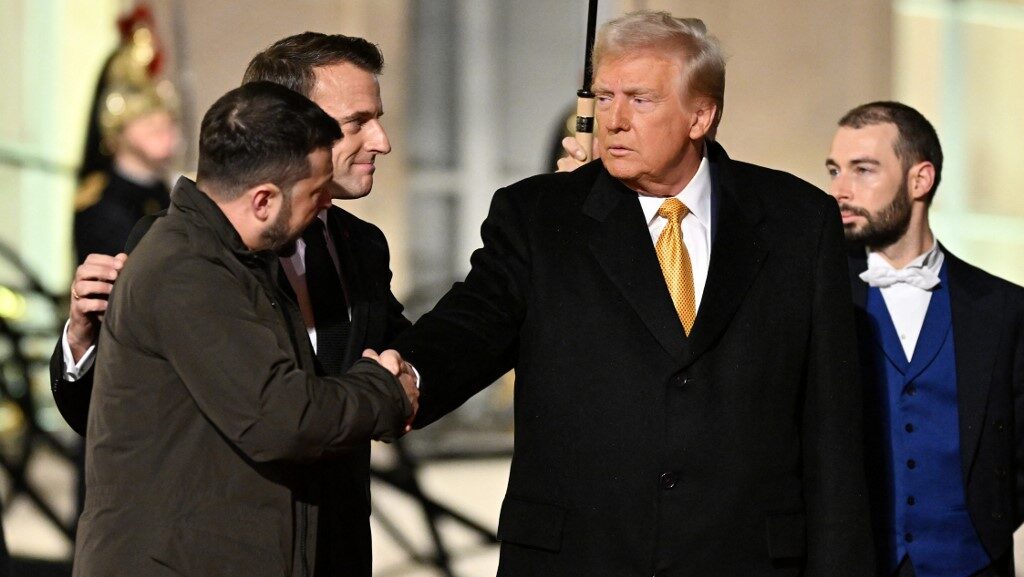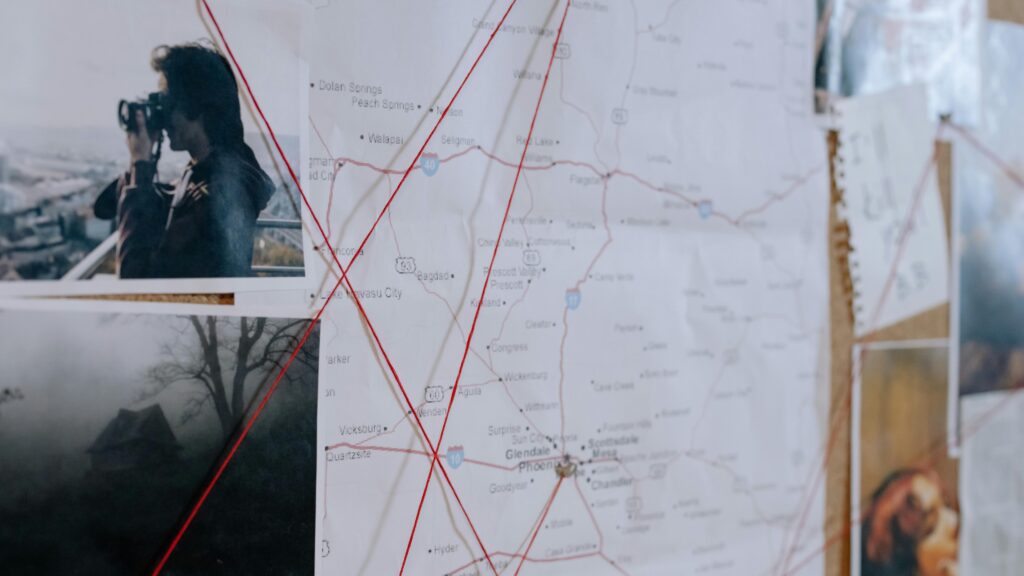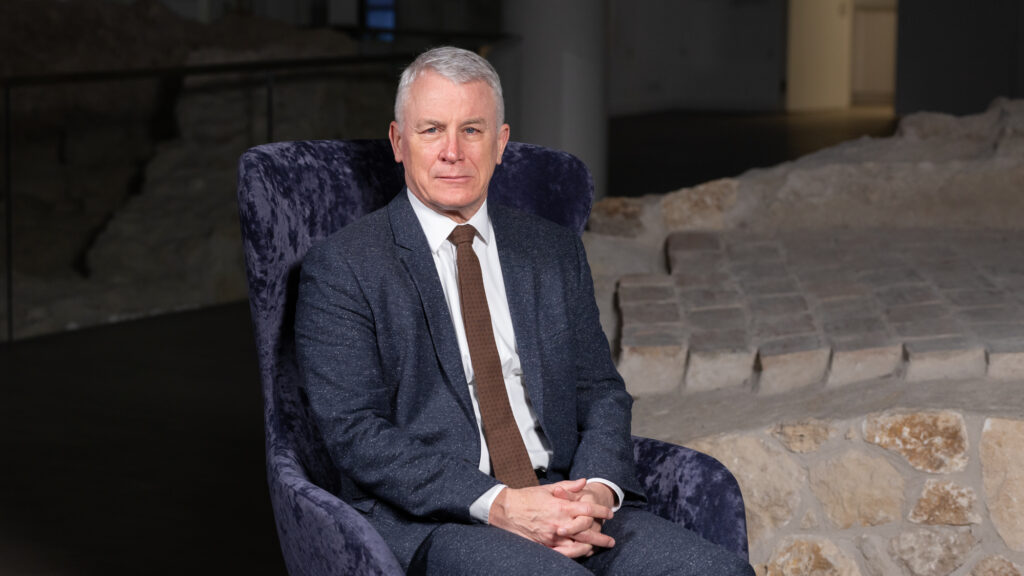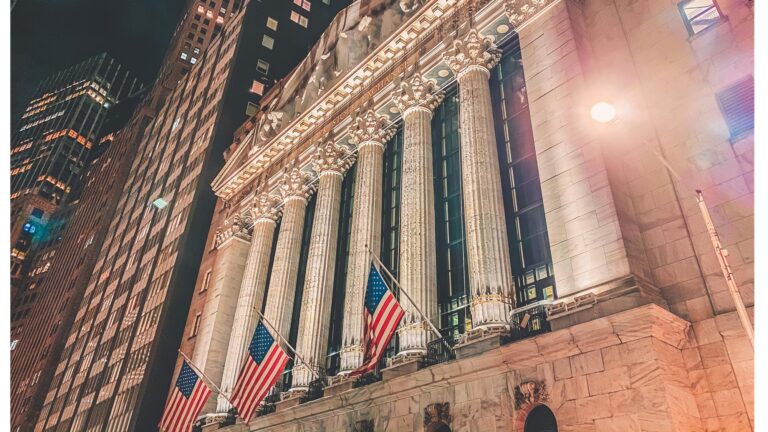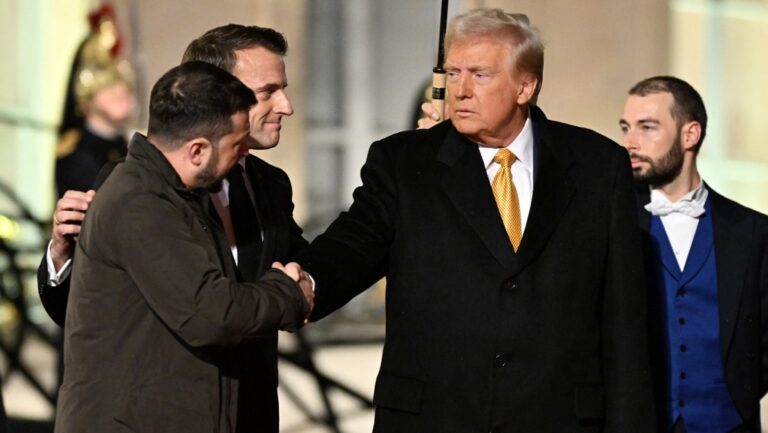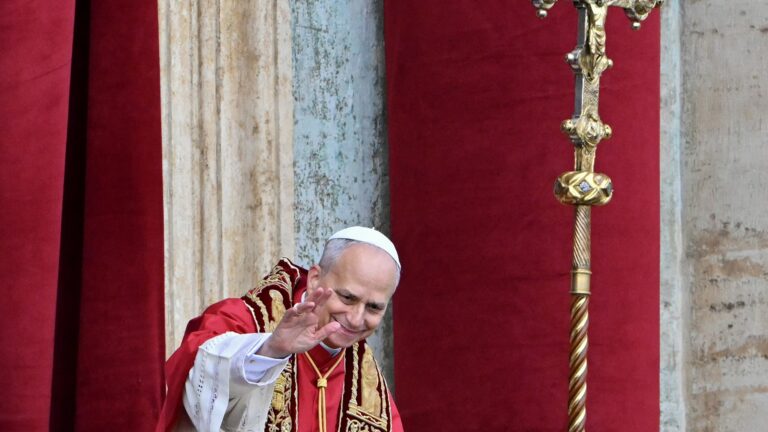When on the eve of the collapse of the USSR McDonald’s opened its first business in Russia, many saw it as a symbol of the country’s openness and the end of the Cold War. By 2022 McDonald’s had around 850 restaurants in Russia, employing around 60 000 people. Then all of these restaurants were ordered to shut down after Russia invaded Ukraine. McDonald’s officially closed its restaurants on 14 March and announced that it would leave the Russian market on 16 May. In reality, however, most McDonald’s restaurants never closed in Russia. They continued to operate, selling the same products, using the same brand up until about now, when McDonald’s Russian franchise was sold to a Russian businessman, who is now rebranding the chain.
While it is not known how much Alexander Govor paid for the deal, he said it was just a ‘symbolic’ amount. However, according to the agreement he reached with the American fast-food giant, McDonald’s has a licence to repurchase its restaurants in the next 15 years. While Vkusno & tochka (which is the new name of McDonald’s in Russia) is officially set to open in September 2022, McDonald’s outlets actually remained open even before the transaction. When in April (a month after McDonald’s ‘closed down’ in Russia) I was travelling from Tallinn in Estonia by coach to Saint Petersburg, I first ate in a McDonald’s in Tallinn before my departure, and then I purchased the same menu in Saint Petersburg. I did not notice any difference in the food’s taste. A couple of days ago I returned to the Russian city again, and I can attest that the same McDonald’s outlets is working undisrupted. But this time, I could see that the rebranding of the chain was in full swing—the McDonald’s logo otside the restaurant was covered, the paper bags in which was covered on top of the boutique, the paper bags takeaway food was handed out in no longer had the McDonald’s logo on them, and employees wore green and yellow outfits, instead of McDonald’s red and yellow colours. The animation on the self-service screens and the actual menu, however, had not changed the least bit.
After McDonald’s was sold, its rebranding started swiftly. First, it was renamed Vkusno & tochka, which translates as ‘Tasty and that’s it’. Soon, other McDonald’s-related trademarks started to be rebranded too—Vkusno & tochka can no longer use the words ‘Happy Meal’, so it came up with ‘Kids Combo’ as a replacement name. Officially, Coca-Cola left Russia, too (although in Moscow grocery stores Coca-Cola is still mostly available), so Vkusno & tochka does not have a soda replacement at the moment—the company is seeking to solve this issue by creating a ‘TochkaCola’. The names ‘Beef Hit’ and ‘Big Hit’ are expected to replace ‘Big Mac’. Now the company is in the process of filing patents for these names.
Siberian businessman Alexander Govor, who now owns McDonald’s former restaurants in Russia, is now planning to buy the Finnish packaging firm Huhtamaki for 151 million euros. Huhtamaki has been operating in Russia since the 1990s, producing paper and plastic cups. Among its customers are KFC, Burger King and Nestlé. Since SberBank, which is helping to finance the acquisition, is sanctioned, and unable to transfer money to the West, the transaction is happening through an intermediary in Cyprus. Govor is one of the major winners of the war, who could significantly boost his business in the sanction-hit Russian economy.
McDonald’s is not the only Western business which was swiftly replaced by a Russian copycat once it has left the invading country. Starbucks (a company which genuinely closed its outlets when it announced it was leaving the Russian market) is now being replaced by Stars Coffee. The original Starbucks logo and the new Stars Coffee one bear a striking resemblance—in essence, Stars Coffee’s logo is Starbucks’ Russified mermaid, as you can see in this picture:
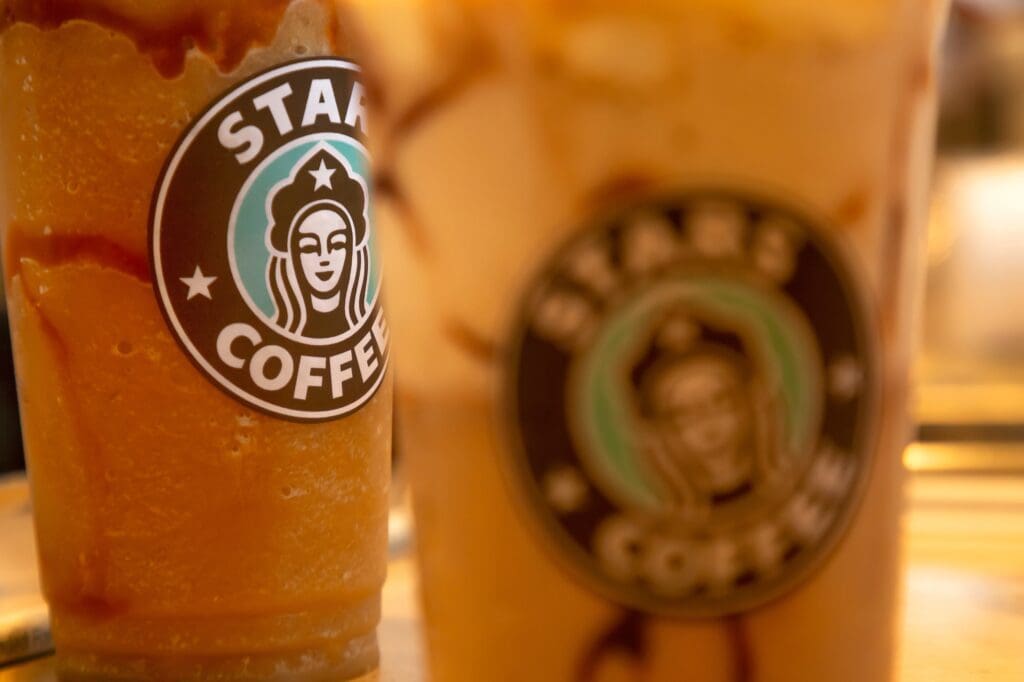
Practically, the only difference between the two logos is that instead of Starbucks’ crown, the figure on Stars Coffee’s logo wears a Russian headdress known as the ‘kokoshnik’. The coffee shops’ menu is very similar to what Starbucks used to sell in Russia.
The problem is not only that the copycats are usually of lower quality, but there is an issue with intellectual property rights as well. If Russian companies keep stealing and misusing brands that are not their own this shamelessly, even when the war is over, it will be hard for foreign franchises to put trust in the Russian business environment. Free markets are built on trust to a very large extent, and this trust in Russian economic actors is now being shaken to the core.

